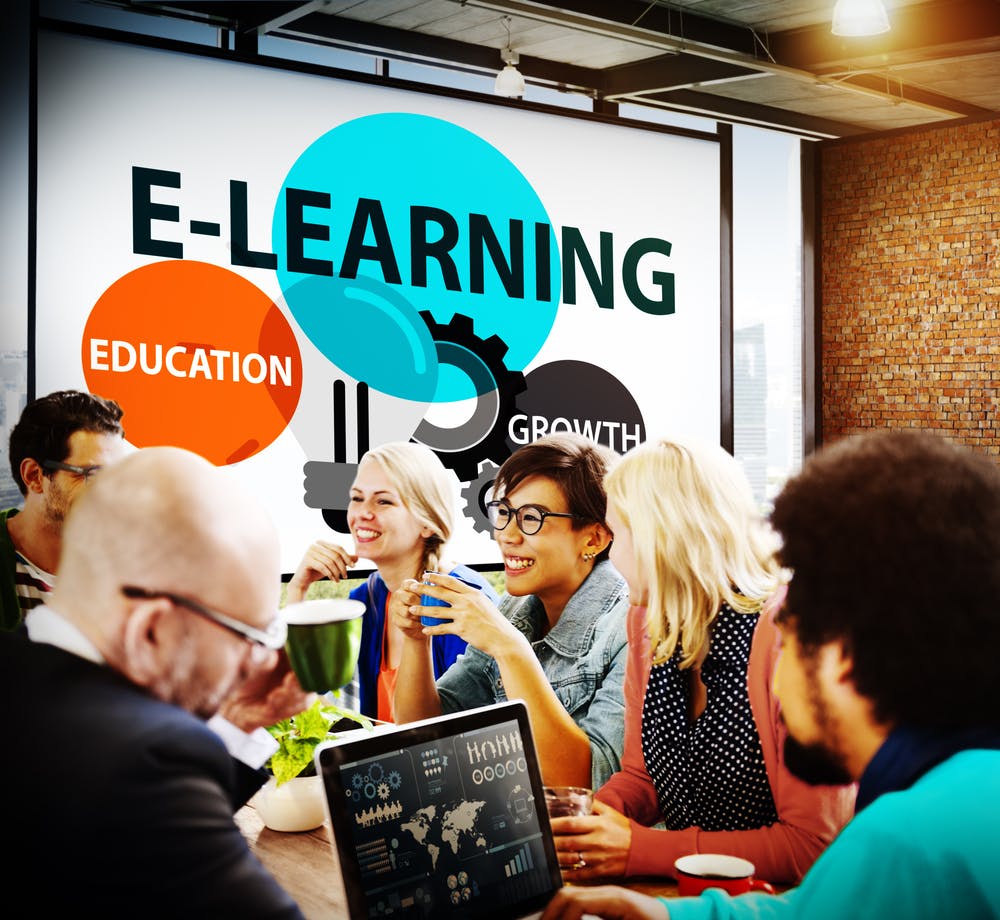Changes both in teaching strategies and technologies are revitalizing a blended approach to learning. As technology improvements make our personal content more interactive and accessible, many corporate learning programs aim to use the same channels to advance their training and development programs. When done correctly, these programs are one of the highest-impact, lowest-cost ways to drive major corporate initiatives.
However, many companies fail to develop a structure that supports new learning technologies. When blended learning programs go wrong, they can reduce the engagement and retention levels they were seeking to improve. When professionals are considering this type of approach, there are a few nuances to consider.
Vary learning communities by size and scope, so learners can go as in-depth as needed and the information can be shared with external members. There are technologies available that design different forums that focus on general and specific topics that reach different sized audiences — topics can be as broad as HR policies and more targeted such as niche sales tactics.
Each community is a new channel containing relevant content that can be promoted and accessed by full-time employees as well as contingent workers. However, it’s important that third-party users are properly vetted and authorized with the right credentials to ensure security.
Communities with members from different departments, offices, or even companies result in rich content as learners share their unique point of view and insights. These learning communities are not static, all users should be continually adding and updating materials, asking and answering questions, and more importantly sharing their insights for peer-to-peer learning.
Foster continual reinforcement of content with virtual training rooms so learners can engage with each other and experts before, during, and after training via Q&As, comments, etc. Often companies pay for a group of employees to take a course, but those people never communicate or engage with one another again. With online content, there is a higher probability of the learners to stay connected, reinforcing the concepts, and keeping the conversation going long after the course is complete.
Prior to a course, learners can engage with each other and the instructor to complete pre-work, starting the development program off on the right foot. During the training, users can comment in real-time to ask and answer questions, share materials, and collaborate to ensure they understand all of the content. The instructor can use the community to interact with learners to receive feedback and clarify content, further strengthening their expertise through reinforcement. Additionally, all of the course content lives within the community allowing users to access the information and embrace learning from anywhere, regardless of time or geographic location.
Provide access to additional channels, such as discussion boards, newsrooms, mobile access, etc., to cultivate learning communities. Following the completion of a development training, learning programs can be extended with ongoing engagement among users and peers on these channels. All members should be continually updating the community with new, contextual material before, during, and after a training so learners can continue to grow by applying concepts and supplementing the topic with relevant, timely information.
At SAP, we adopt technologies where peers can recommend and promote additional training sessions that are relevant to the topic of the community. The integration with an enterprise’s Learning Management System (LMS) allows employees to seamlessly register for courses and then access the learning communities for the course(s). The combination of LMS within the context of communities also enables users to ask questions and receive peer-to-peer reviews about the course prior to registration to ensure the content will be relevant and align with their needs.
Digital learning experiences are the way of the future with virtual workforces and online courses gaining momentum. But they can’t be adopted without a broader strategy of how they’re designed and maintained. An effective learning program equips employees with not only tools, but context – and programs which include both elements equally are best suited for success.
